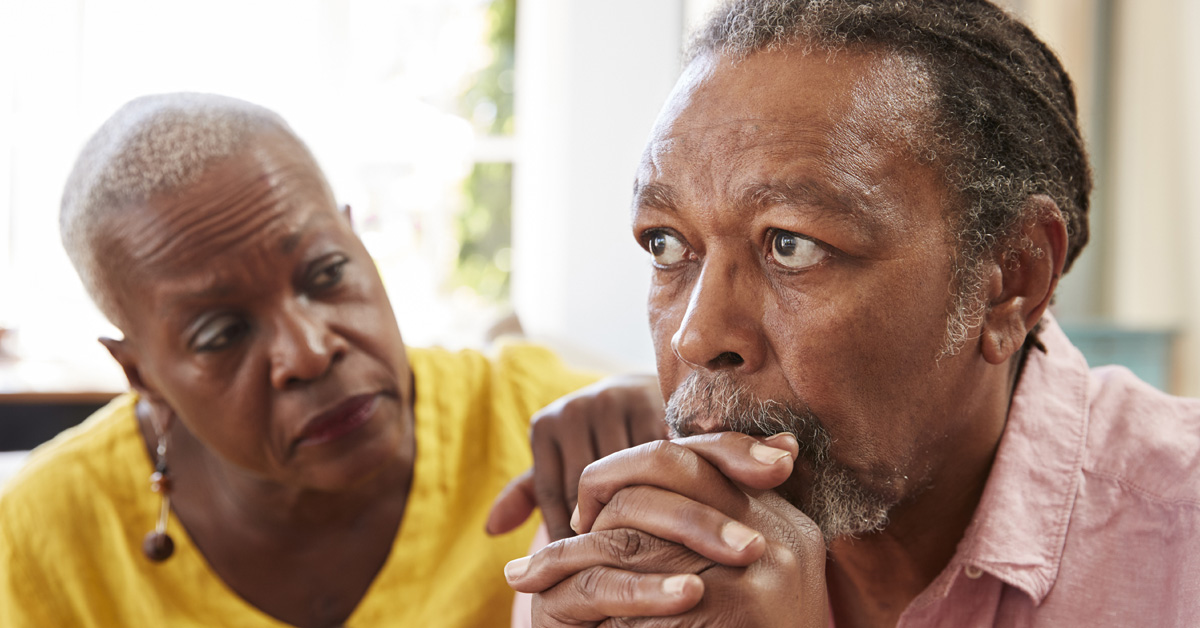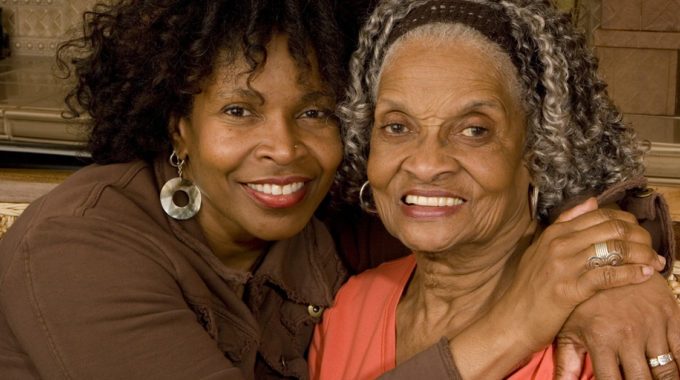
Before and After Loss of a Spouse, the Other Spouse Faces Significant Health Risks. Hospice Helps.
When people have been married for decades, it can be easy to overlook the emotional and physical support they provide each other daily. That support does more than comfort. It proves life sustaining. That’s why, when a married person has an advanced terminal disease, everyone must address the needs of both spouses. This effort should begin when the prognosis is six months and continue long after one spouse has died. A large, recent study out of the Karolinska Institute in Stockholm confirms the long-standing belief that a person’s health can decline rapidly in response to the sickness and loss of a spouse.1 Fortunately, hospice is available to support both patients and the family. This support has been shown to improve the survival of bereaved spouses.2
The Risks Associated with the Loss of a Spouse
In the current study, Lucas Morin, PhD and his research colleagues reviewed the health records of 42,918 married people over the age of 65.1 Half experienced the loss of a spouse, and half did not. Comparing the groups, the bereaved spouses had a one-year, all-cause mortality risk increased by 66%. Additionally, bereaved spouses experienced an increased risk of acute cardiovascular events (34% increase), of hip fracture (48% increase), of pneumonia (14% increase), and of self-harm (249% increase). A 2015 study published by The American Journal of Geriatric Psychiatry finds that spouses nearing bereavement have poorer working memory and more impairments in ability to perform activities of daily living.3
Timing and Duration of Risks
Interestingly, when there is a prolonged illness, those risks begin six months before a spouse dies. This underscores the importance of beginning hospice support when the prognosis is six months. The increased risks after the death prove greatest in the month following the loss and dissipate over the next twelve months. A 2018 study out of Denmark shows the spousal mortality risk in the month following the loss increasing 150%.4 Again, this underscores the importance of the bereavement support that hospices provide in the months following the loss of a loved one.
How to Help Spouses Nearing and During Bereavement
In addition to hospice services, friends and family can be invaluable during these 18 months. Beyond emotional support, grieving spouses may need assistance with activities of daily living. Making specific offers to help pay bills, mow the lawn, help around the house, etc. can go a long way. Given the increased risk of hip fracture, grieving spouses may need more opportunities to get out, exercise, and maintain mobility. These spouses may also need paid at-home helpers to reduce the risk of mortality. Find tips on how to offer help to a grieving person here: How To Help Someone Who Is Grieving.
References
- Morin L, Wastesson JW, Fors S, Agahi N, Johnell K. Spousal bereavement, mortality and risk of negative health outcomes among older adults: a population-based study. MedRxiv. 2020 Jan 1.
- Christakis N, Iwashyna T. The health impact of health care on families: a matched cohort study of hospice use by decedents and mortality outcomes in surviving, widowed spouses. Soc Sci Med. 2003; 57: 465-75.
- Vable AM, Subramanian SV, Rist PM, Glymour MM. Does the “widowhood effect” precede spousal bereavement? Results from a nationally representative sample of older adults. The American Journal of Geriatric Psychiatry. 2015 Mar 1;23(3):283-92.
- Prior A, Fenger-Grøn M, Davydow DS, Olsen J, Li J, Guldin MB, Vestergaard M. Bereavement, multimorbidity and mortality: a population-based study using bereavement as an indicator of mental stress. Psychological Medicine. 2018 Jul;48(9):1437-43.





